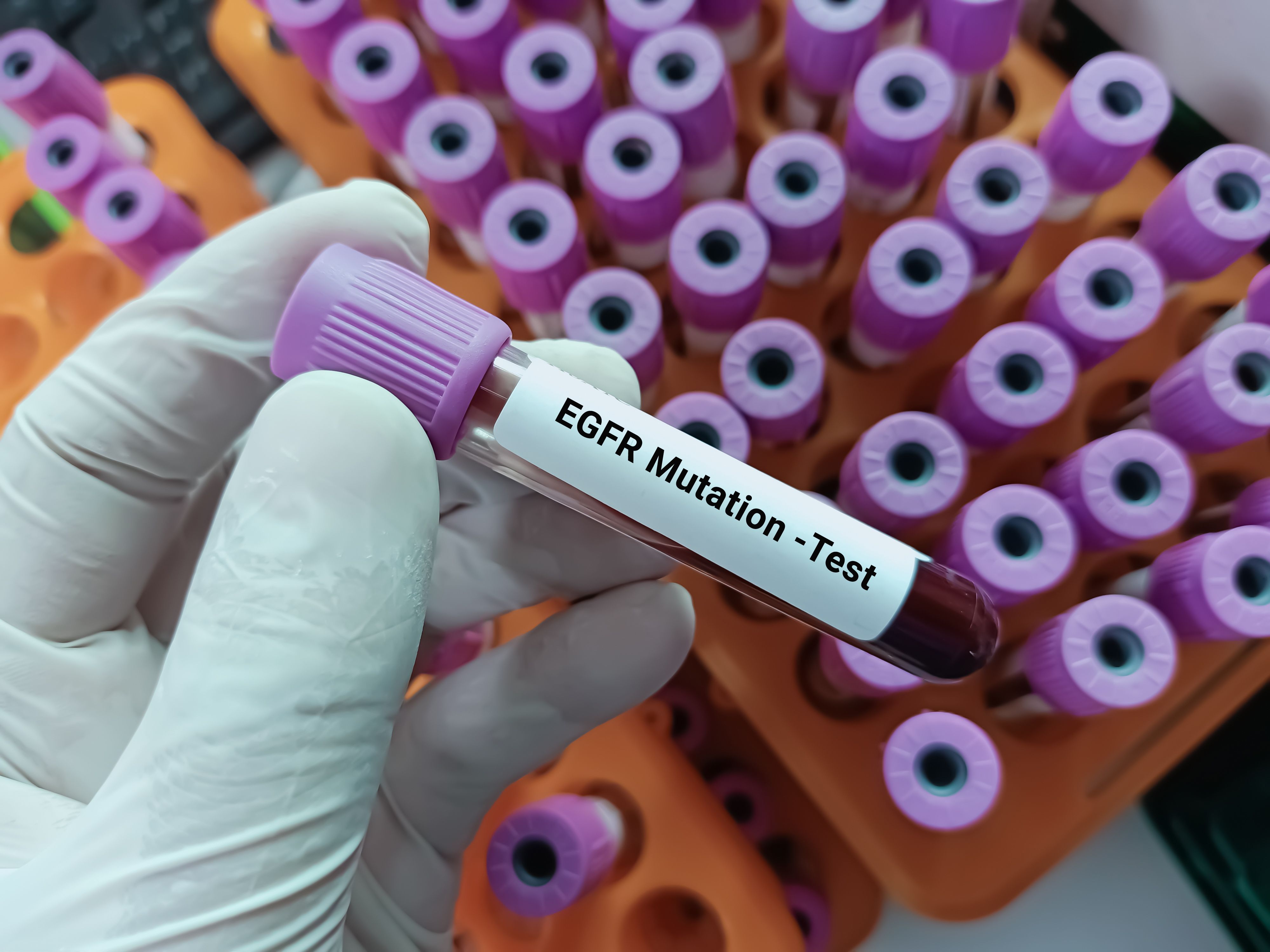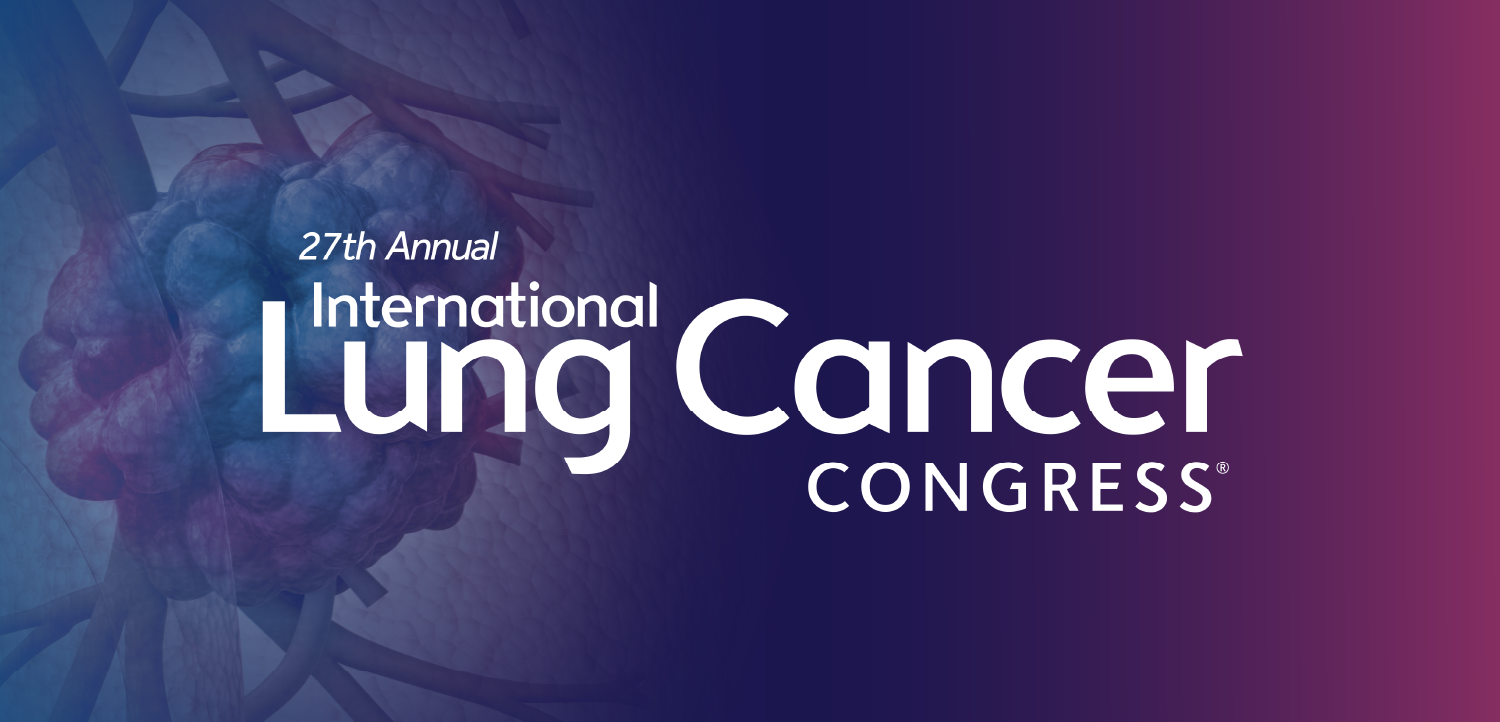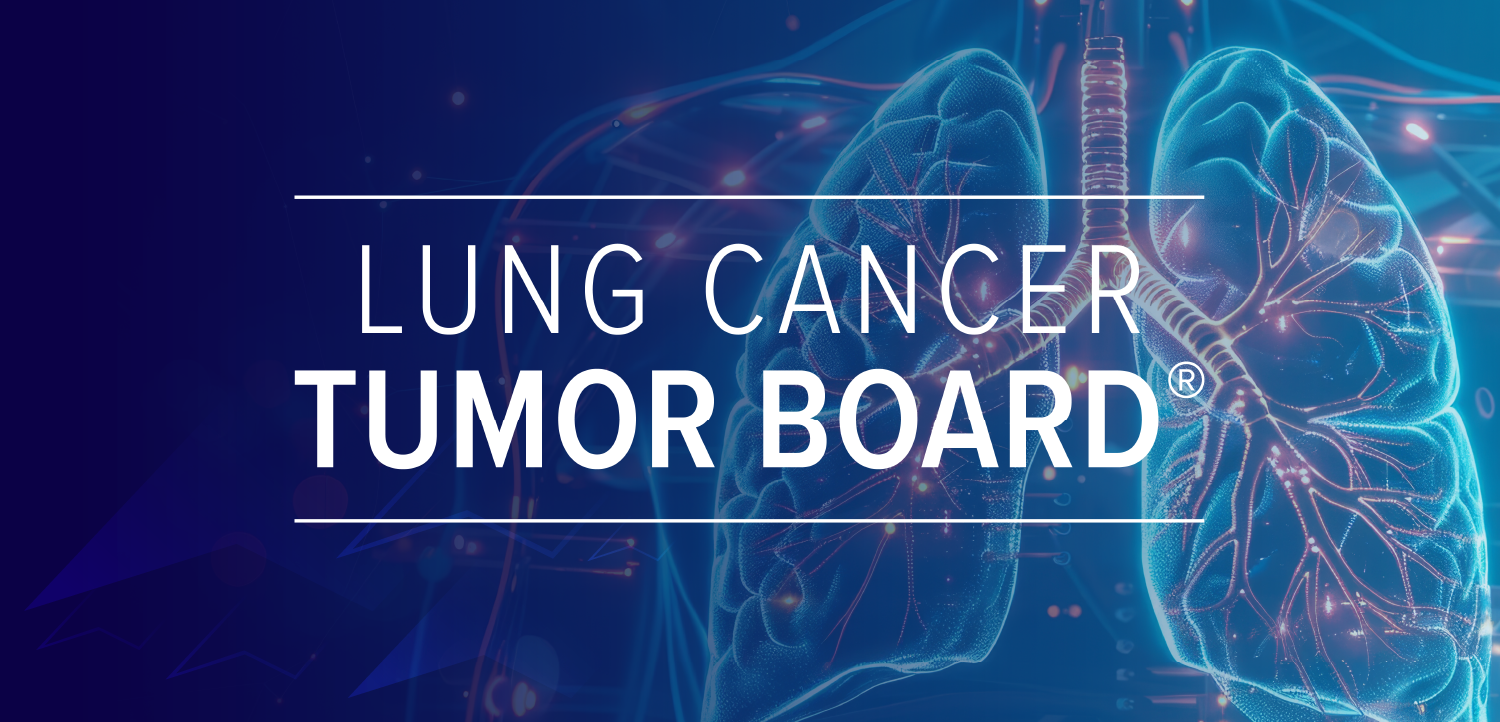
Lung Cancer
Latest News

Latest Videos

CME Content
More News

The study finds less than 1 in 4 go on to second-line treatment.

National registry study finds overall survival improved across the board after the introduction of immune checkpoint inhibitor (ICI) drugs, but gaps remained. Uninsured patients realized smaller gains compared with those with private insurance.
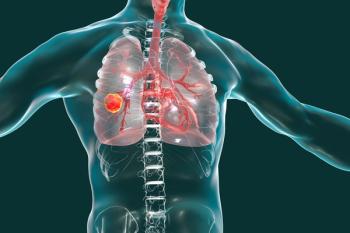

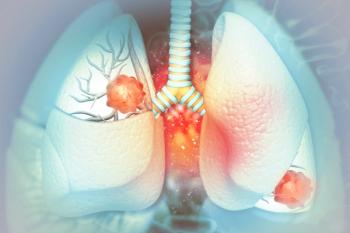
Patients using steroids, especially at high-doses, before taking immune checkpoint inhibitors for non–small cell lung cancer were more likely to have brain metastases.

The investigational agent, zipalertinib, received the breakthrough designation from the FDA in January 2022
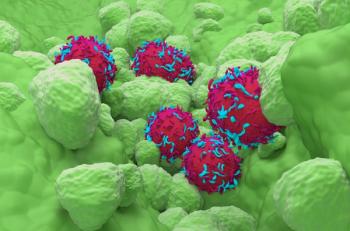
Datroway (datopotamab deruxtecan) is the first TROP2-directed therapy approved for advanced lung cancer in the U.S.
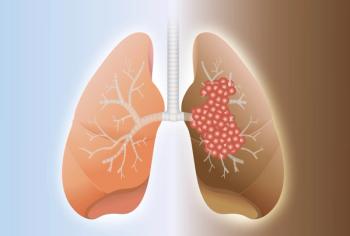
When small-cell lung cancer (SCLC) has spread to distant parts of the body, it’s classified as extensive-stage, which applies to nearly two-thirds of SCLC cases at the time of diagnosis.

The study is the first, to the researchers’ knowledge, to evaluate both survival and cost metrics across non-small cell lung cancer biomarker subtypes.

Ibtrozi had a 90% response rate in treatment naïve adults with locally advanced or metastatic ROS1-positive non-small cell lung cancer, according to the results of a news release.

Findings mark the first time a neoadjuvant immunotherapy regimen has demonstrated a significant survival benefit in a randomized phase 3 trial of a solid tumor.
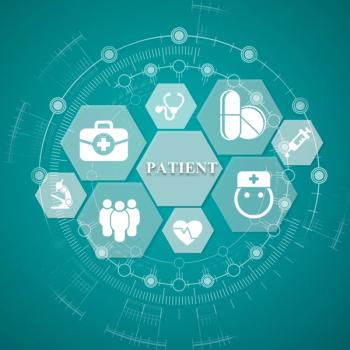
Tracking the trajectory of symptoms may be an improvement over the traditional way of collecting patient-reported outcomes

A phase 2 trial found that adding bevacizumab to alectinib significantly delayed disease progression, protected against brain metastases, and improved quality of life in patients with advanced ALK-positive lung cancer.

Immune checkpoint inhibitors, such as Opdivo (nivolumab) and Keytruda (pembrolizumab), have been a huge advance in the treatment of non-small cell lung cancer. But it is open question whether they should be combined with traditional chemotherapy.

Researchers are exploring the topic of "time toxicity" — how much time patients spend receiving care. This study is the first to directly compare time spent in care between clinical trial participants and routine care patients receiving the same treatments.


New research shows that Medicaid expansion was linked to a 2.1% increase in timely lung cancer surgeries and a 2.8% rise in procedures at high-volume hospitals, highlighting how policy changes can impact cancer care access.
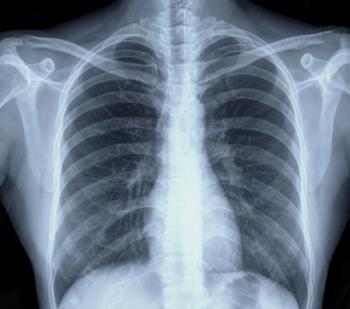
A new study in England shows a strong link between higher rates of chest x-ray referrals in general practice patients with symptoms, such as persistent cough, and earlier lung cancer diagnoses, along with improved outcomes.
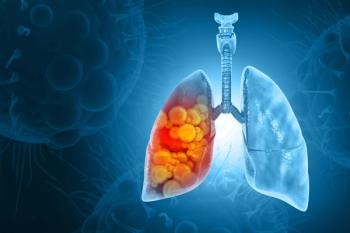
A new study validates NRG1 gene fusions as a targetable driver of advanced NRG1 fusion-positive cancers, adding support for Bizengri (zenocutuzumab) as a promising treatment option.

Researchers found that adherence to the first and second annual screenings was 61% and 51%, respectively, with higher lung cancer detection rates observed in those who followed through on these screenings.

The agreement was signed in a letter of intent March 3 to set the groundwork for whether government health programs in different provinces and territories will cover the drug's cost for patients, according to a news release by Regeneron Canada.
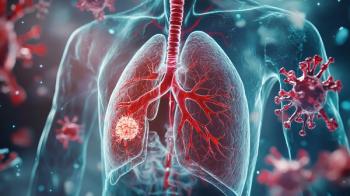
The study authors say their findings argue for careful reading of CT scans done for other reasons that may reveal the presence of lung nodules.

The researchers found that factors favoring chemoimmunotherapy included higher socioeconomic status, being uninsured, a more recent diagnosis and prior glucocorticoid/steroid use.

Study shows that Libtayo plus chemotherapy has lower cost and a larger effect on improving quality-adjusted life years than Keytruda plus chemotherapy as first-line treatment for patients with non-small cell lung cancer.

Study results show that genetic sensitivity to stress was linked to a 49% higher risk of lung cancer in people of European ancestry, and a 45% higher risk in a broader group.


